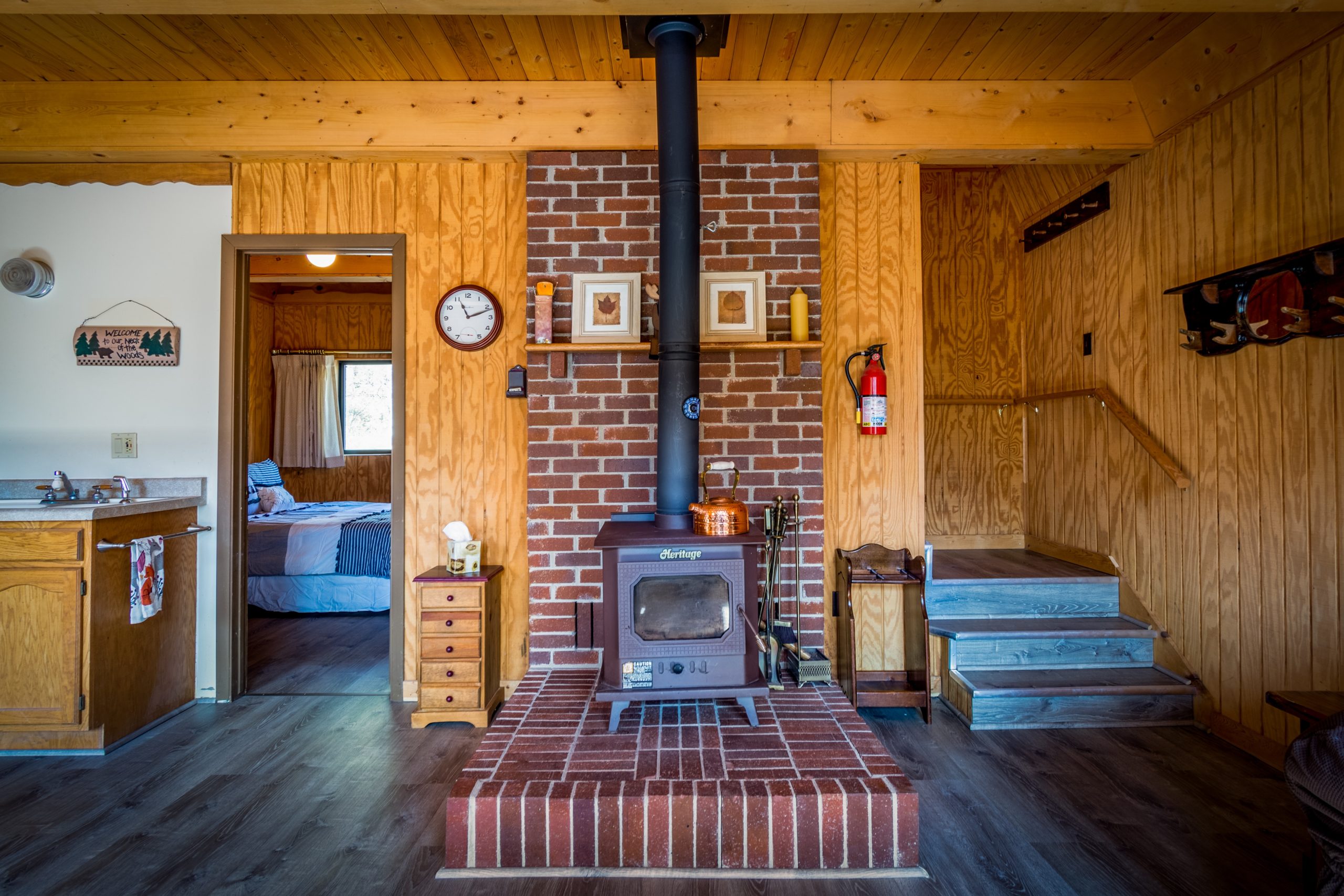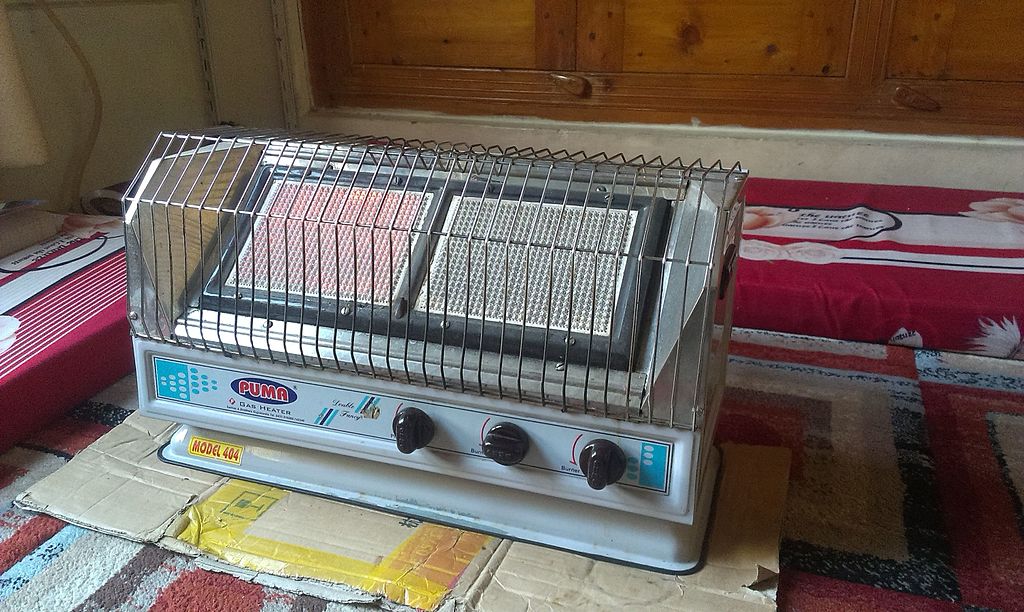A gas heater is a type of space heater that uses natural gas, liquefied petroleum gas, propane, or butane to heat a room or an outdoor area. Gas heaters are often suggested in cooler climates. Especially those places who experience winter for a long period of time.
It does its job making the place warm. The flame heats the air in the immediate vicinity. This warm air then convectively travels across the space, heating it completely. A gas heater heats the air to a higher temperature than other types of heaters.
The very first gas heater used the same principles as the Bunsen burner, which was invented the previous year. The same idea applies now to outdoor patio heaters which function as large Bunsen burners. Pettit and Smith Company sold the first commercial gas heater in 1856.
Benefits of a Gas heater
Gas heaters offers some advantages or benefits that you can enjoy. Here are some of it:
Gas heaters are inexpensive – Indoor gas heaters are often less expensive to operate than electric heaters. Gas heating produces greater heat yield than an electric radiator, it will warm your space faster while using significantly less energy. Gas is also a low-cost, useful fuel; thus, the operating costs of a gas warmer are generally lower and more moderate than using energy from the power grid. Through this, you will not worry with your expenses.
Gas is a dependable heat source – Utilizing natural gas to warm your home offers reliability unequaled by electricity. Natural gas supply pipelines are built underground to safeguard them from the elements and above-ground mishaps that cause power outages. Gas heaters heat up an area faster than electric heaters. You won’t have to suffer for so long.
Gas heating is less harmful to the environment – A natural gas indoor heater will use less energy than an electric heater. Gas-fired appliances have been shown to help reduce greenhouse gas emissions, with natural gas providing a low-emission substitute to coal-fired electricity.
Modern homes benefit from gas heaters – Gas heat is the preferred option for heating large areas. The increased heat yield suggests that an indoor gas radiator will be more successful in fast and effectively warming a larger room. Most modern homes have an open plan living space that is preferable to a gas heating option.
Gas heating is better for your family’s health – Natural gas is a healthier alternative for your home than other heating fuels. The combustion of natural gas by a heating system creates minimal sulfur dioxide, airborne particles, and dissolved solids, all of which can be harmful to the health of your family.
Cleanliness – Natural gas is one of the most environmentally friendly heating solutions available. Its emissions are primarily water vapor with a little of carbon dioxide. When you use natural gas to heat your home, you will leave a lesser carbon imprint.
Different types of gas heaters
1. Wall furnaces – They can frequently be installed in place of an existing fireplace, and premium models will be silent while releasing heat for added comfort in your house. They function by sucking in chilly air from the bottom, heating it, then releasing it from the top.
2. Space heaters – These types of heaters are frequently inexpensive and a terrific way to heat your area without breaking the budget. They are usually small yet provide adequate heat for most houses. This is a great choice for those who are in a budget.
3. Gas Log fires – Delivers all the attraction of an open fire, without the need for wood cutting or ashes to clean up.
4. Vented heaters – Commonly used inside the home to heat spaces ranging from 300 to 3000 square feet. It is a dynamic device that can run on natural gas or liquid propane fuel.
5. Blue flame – Blue flame heaters, which are ideal for insulated environments, may take a little longer to heat up but are a more energy efficient option. It works by eventually warming the air in the room where it is put rather than the things.
6. Infrared or Radiant – Infrared heaters heat objects in the home using electromagnetic radiation. The heat is directly transferred, allowing for significantly faster warming. This may be harmful so practice safety precautions while using this.
How does it work?
Gas heaters and furnaces work by lighting a succession of burners in the combustion chamber. A gas heater generates heat by burning natural gas or propane. A heat exchanger warms up cold air from the home’s ductwork before it enters the heater. The heated air is pushed throughout the house via the ducts, and the exhaust is expelled out of the furnace via a vent to the outside.
Wrapping it up
When it comes to planning to heat your home during the cooler months of the year, there is no time like the present. It is time to think about switching your home’s temperature from chilly to warm. There are numerous types of heaters available.
Depending on your home’s specific requirements and preferred fuel source. Many people choose gas heaters for their homes or other locations, which are commonly fueled by liquid propane or natural gas. It is a good idea to compare heaters before purchasing one for your home.
When looking for the proper type of house gas space heater, be sure the size will fit in the area where you intend to install it. However, keep in mind that the best choice of gas heater is determined by your space heating requirements. Whatever you choose, make sure that it will be suitable to your space and of course your budget also.
Be sure to do your research, ask experts about gas heaters and consult other home owners too. In that way you will have an overview, and it will help you choose the type of gas heater that will best suit your home. Surely, these points will help you provide warmth in your home effectively.



